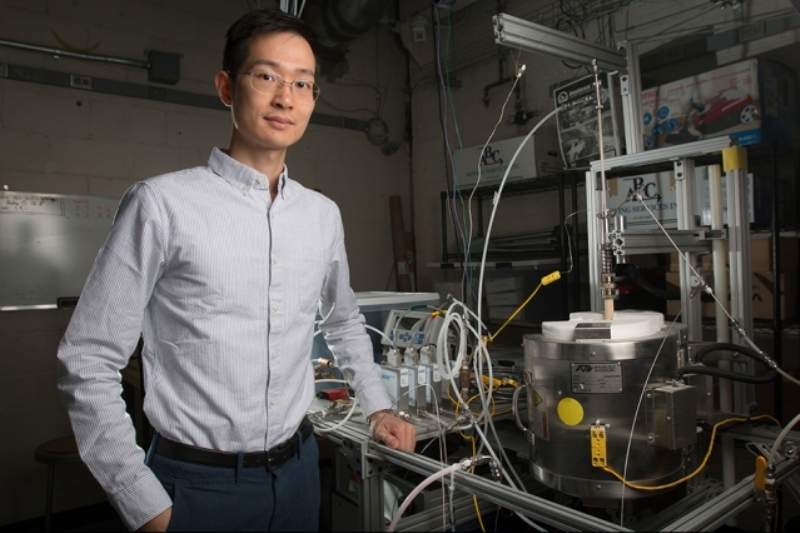
A group of researchers from the Massachusetts Institute of Technology (MIT) have developed a new system to convert power plant carbon dioxide emissions into fuel for cars, trucks, and aircraft.
Combinations can also be made with hydrogen or water to produce other liquid hydrocarbon fuels and chemicals, including methanol and syngas.

Discover B2B Marketing That Performs
Combine business intelligence and editorial excellence to reach engaged professionals across 36 leading media platforms.
Developed jointly by MIT postdoc Xiao-Yu Wu and Ronald C Crane professor of mechanical engineering Ahmed Ghoniem, the new system is based on a membrane made from a compound of lanthanum, calcium, and iron oxide.
The membrane is equipped with a perovskite structure that only allows oxygen atoms to pass through. In this way, oxygen can be removed from a stream of carbon dioxide.
The researchers are also considering other mixed ionic electronic conductor compounds for a range of applications including the production of oxygen and hydrogen.
According to Wu, the incoming natural gas in a natural gas power plant could be split into two streams. One of them would be burned to generate electricity while producing a pure stream of carbon dioxide and the other would become fuel.

US Tariffs are shifting - will you react or anticipate?
Don’t let policy changes catch you off guard. Stay proactive with real-time data and expert analysis.
By GlobalDataThis process could reduce greenhouse emissions and could produce another potential revenue stream to help reduce costs.
The process has been found to work with any level of carbon dioxide concentration ranging from 2% to 99%. The method works more efficiently with higher concentrations, making it suitable for the concentrated output stream from conventional fossil-fuel-burning power plants or those developed for carbon capture including oxy-combustion plants.
In addition, the MIT researchers are working on integrating the membrane into working reactors and coupling the reactor with the fuel production system.





